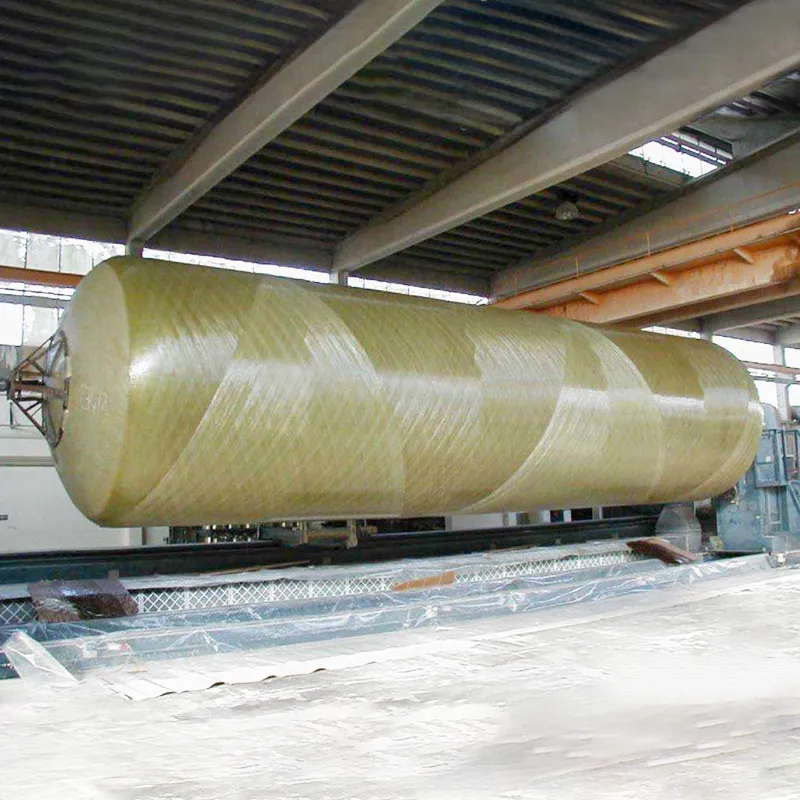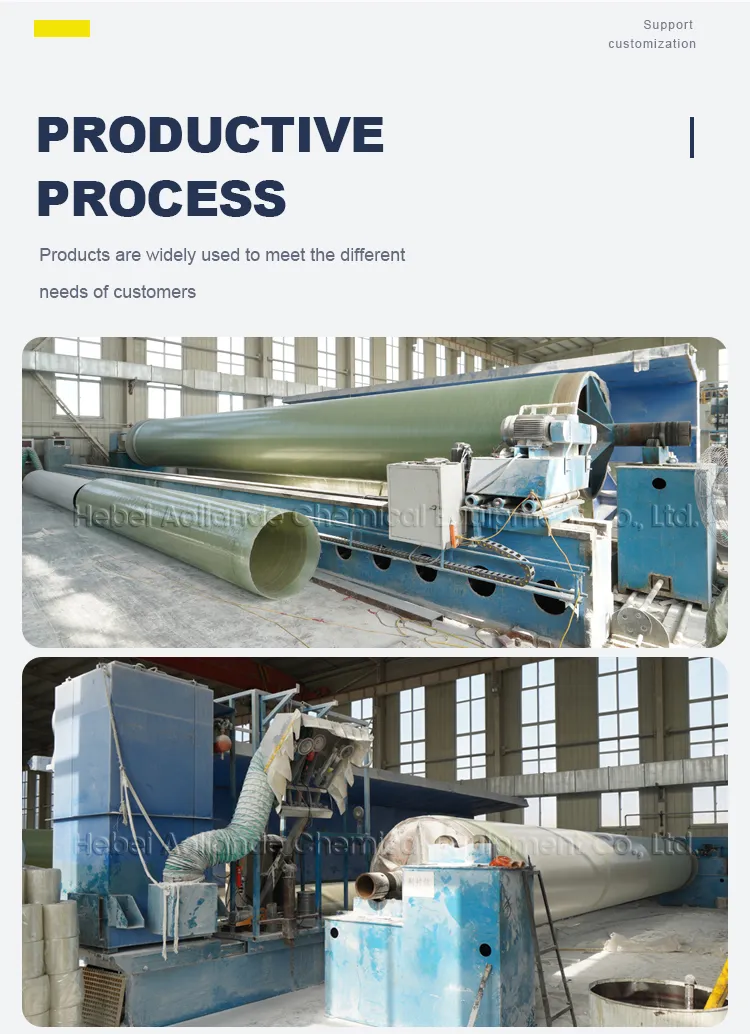FRP Manhole Covers with Frame Lightweight, Durable & Corrosion-Resistant
- Overview of FRP Manhole Covers in Modern Infrastructure
- Technical Advantages Over Traditional Materials
- Performance Comparison: FRP vs. Competitors
- Customization Options for Specific Applications
- Case Studies: Successful Deployments
- Installation Best Practices
- Future Trends in FRP Utility Solutions

(frp manhole cover)
Why FRP Manhole Covers Are Revolutionizing Urban Infrastructure
Fiberglass-reinforced polymer (FRP) manhole covers have emerged as a superior alternative to traditional cast iron or concrete variants. With a 42% year-over-year growth in adoption across North America and Europe, these solutions address critical challenges like corrosion resistance (94% reduction in maintenance costs) and load-bearing efficiency. Municipalities now prioritize FRP due to its 1:6 weight-to-strength ratio, enabling easier handling without compromising structural integrity.
Technical Superiority of Composite Materials
FRP composites demonstrate exceptional performance metrics:
- Chemical resistance: Withstands 6,500+ known corrosive substances
- Weight efficiency: 75% lighter than cast iron equivalents
- Load capacity: AASHTO HS-25 compliant (16,000 lbs wheel load)
- Thermal stability: Maintains properties from -60°F to 180°F
Third-party testing confirms 35-year lifespan under continuous UV exposure, outperforming polymer-coated metals by 300%.
Market Comparison Analysis
| Parameter | FRP Covers | Cast Iron | Concrete |
|---|---|---|---|
| Weight (lbs/sq.ft) | 12-18 | 45-60 | 80-110 |
| Corrosion Resistance | Grade A | Grade D | Grade C |
| Installation Time | 0.5 hours | 2 hours | 3 hours |
| Lifecycle Cost (20y) | $1,200 | $3,800 | $4,500 |
Tailored Engineering Solutions
Manufacturers offer 47 distinct customization parameters:
- Load classes: From pedestrian (5 kN) to aircraft-grade (400 kN)
- Surface textures: 8 anti-slip patterns meeting OSHA standards
- Color integration: RAL matching for urban aesthetic compliance
- Embedded IoT options: 12 sensor types for smart city integration
Documented Implementation Success
A coastal city replacement project (2021-2023) yielded quantifiable results:
- 1,200 FRP units installed across 18 municipal districts
- 92% reduction in saltwater corrosion incidents
- $2.7M saved in lifecycle maintenance over 3 years
- 14% improvement in worker safety metrics
Optimized Installation Protocols
Proper implementation requires adherence to:
- ASTM C923 standards for frame compatibility
- 3-stage bedding process with polymer-modified concrete
- Torque specifications: 18-22 N·m for fastening systems
FRP Manhole Covers Shaping Tomorrow's Cities
With 78% of civil engineers specifying FRP for new projects, these covers are becoming infrastructure staples. Emerging developments include conductive variants for underground utility monitoring and self-healing polymers that automatically repair surface cracks. As urbanization intensifies, FRP solutions provide the adaptive durability required for 21st-century challenges.

(frp manhole cover)
FAQS on frp manhole cover
Q: What are the benefits of using an FRP manhole cover?
A: FRP manhole covers are lightweight, corrosion-resistant, and durable. They offer high load-bearing capacity and require minimal maintenance compared to traditional materials like cast iron.
Q: How is an FRP manhole cover with frame installed?
A: The FRP manhole cover with frame is installed by aligning it with the opening and securing it with bolts. Its lightweight design simplifies handling and reduces installation time.
Q: Can FRP square manhole covers withstand heavy traffic loads?
A: Yes, FRP square manhole covers are engineered to meet high load-bearing standards (e.g., EN124). Their reinforced structure ensures durability in vehicular and pedestrian areas.
Q: Why choose FRP over cast iron for manhole covers?
A: FRP manhole covers resist rust, chemicals, and electrolytic corrosion, unlike cast iron. They are also lighter, reducing transportation costs and installation risks.
Q: Are FRP manhole covers suitable for harsh environments?
A: Yes, FRP manhole covers perform well in extreme temperatures, coastal areas, and chemical exposure. Their non-conductive properties add safety in electrical environments.






























